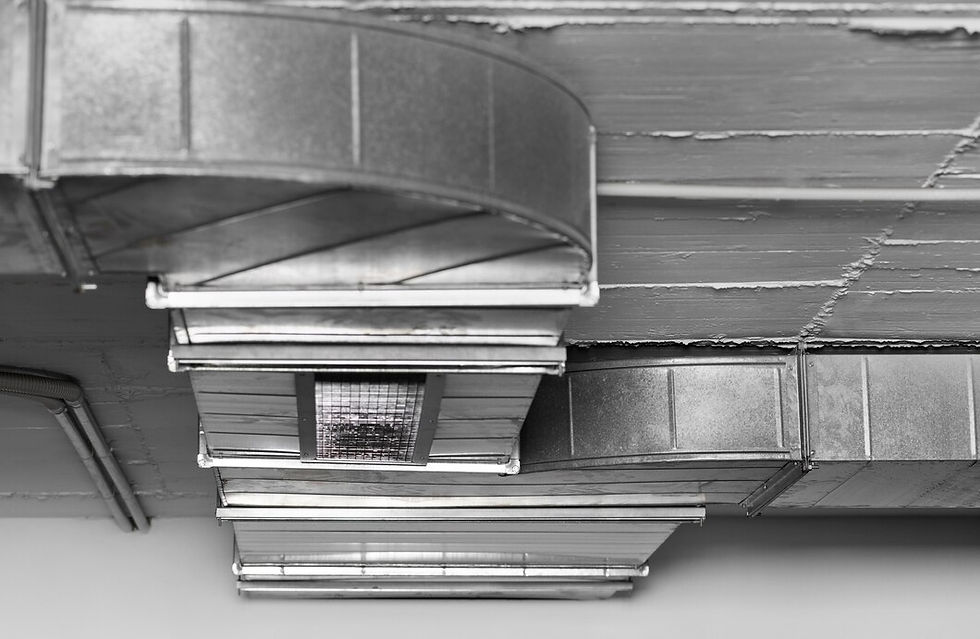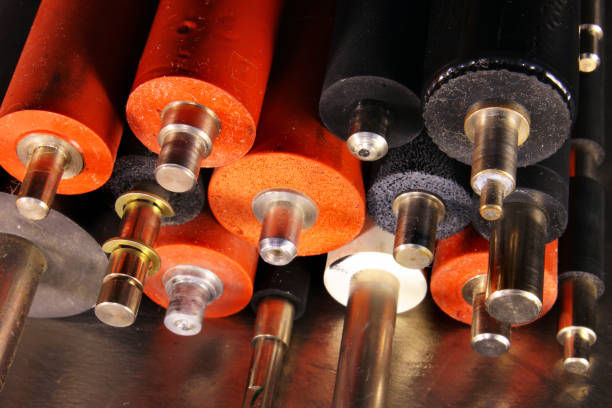The Ultimate Guide to Industrial Heater Enclosures and Thermostats
- bucanelectric
- Jun 12, 2024
- 3 min read
Industrial heater enclosures and thermostats play crucial roles in ensuring efficient and safe operation of heating systems in industrial settings. In this comprehensive guide, we'll explore everything you need to know about Industrial Heater enclosures and thermostats, from their functions and benefits to important considerations when choosing and installing them.

Understanding Industrial Heater Enclosures
1. What are Industrial Heater Enclosures?
Industrial heater enclosures are protective casings or housings designed to surround and shield heating elements and components. They serve several purposes, including:
Safety: Enclosures protect workers and equipment from direct contact with heating elements, reducing the risk of burns or accidents.
Weatherproofing: Enclosures provide protection against environmental factors such as moisture, dust, and debris, ensuring the longevity and performance of heating systems.
Insulation: Some enclosures are equipped with insulation materials to retain heat and improve energy efficiency.
2. Types of Industrial Heater Enclosures
a. Standard Enclosures
Standard enclosures are basic casings designed to enclose heating elements and components. They offer basic protection against external elements and are suitable for many industrial applications.
b. Explosion-Proof Enclosures
Explosion-proof enclosures are specially designed to prevent the ignition of flammable gases or vapors in hazardous environments. They are constructed with robust materials and sealed seams to contain any potential explosions within the enclosure.
c. Weatherproof Enclosures
Weatherproof enclosures are designed to withstand outdoor conditions such as rain, snow, and extreme temperatures. They are typically constructed from durable materials such as stainless steel or fiberglass and may feature weather seals to prevent water ingress.
Exploring Industrial Heater Thermostats
1. What are Industrial Heater Thermostats?
Industrial heater thermostats are devices used to regulate the temperature of heating systems by controlling the power supply to heating elements. They monitor the temperature of the heating medium or enclosure and activate or deactivate the heating elements as needed to maintain the desired temperature.
2. Types of Industrial Heater Thermostats
a. Mechanical Thermostats
Mechanical thermostats use a bimetallic strip or other mechanical components to sense temperature changes and control the operation of heating elements. They are simple and reliable but may have limited accuracy and responsiveness.
b. Digital Thermostats
Digital thermostats use electronic sensors and microprocessors to accurately monitor and control temperature settings. They offer precise temperature control, programmable settings, and advanced features such as remote monitoring and automation.
c. High-Limit Thermostats
High-limit thermostats are safety devices designed to prevent overheating by interrupting the power supply to heating elements if the temperature exceeds a preset limit. They provide an additional layer of protection against thermal runaway and equipment damage.
Benefits of Industrial Heater Enclosures and Thermostats
Safety: Enclosures and thermostats help prevent accidents and injuries by controlling temperature and containing heating elements.
Energy Efficiency: By maintaining precise temperature control, thermostats help optimize energy usage and reduce operating costs.
Equipment Protection: Enclosures shield heating elements from environmental damage, prolonging their lifespan and reliability.
Compliance: Explosion-proof enclosures and safety thermostats help industrial facilities comply with safety regulations and standards.
Conclusion
In conclusion, enclosure heater with thermostat and thermostats are essential components of heating systems in industrial settings, providing protection, control, and efficiency. By understanding the functions and benefits of these components and choosing the right enclosures and thermostats for your application, you can ensure the safe and efficient operation of your heating systems. Whether it's standard enclosures for general use or explosion-proof enclosures for hazardous environments, investing in quality enclosures and thermostats is key to achieving optimal performance and safety in industrial heating applications.



Comments